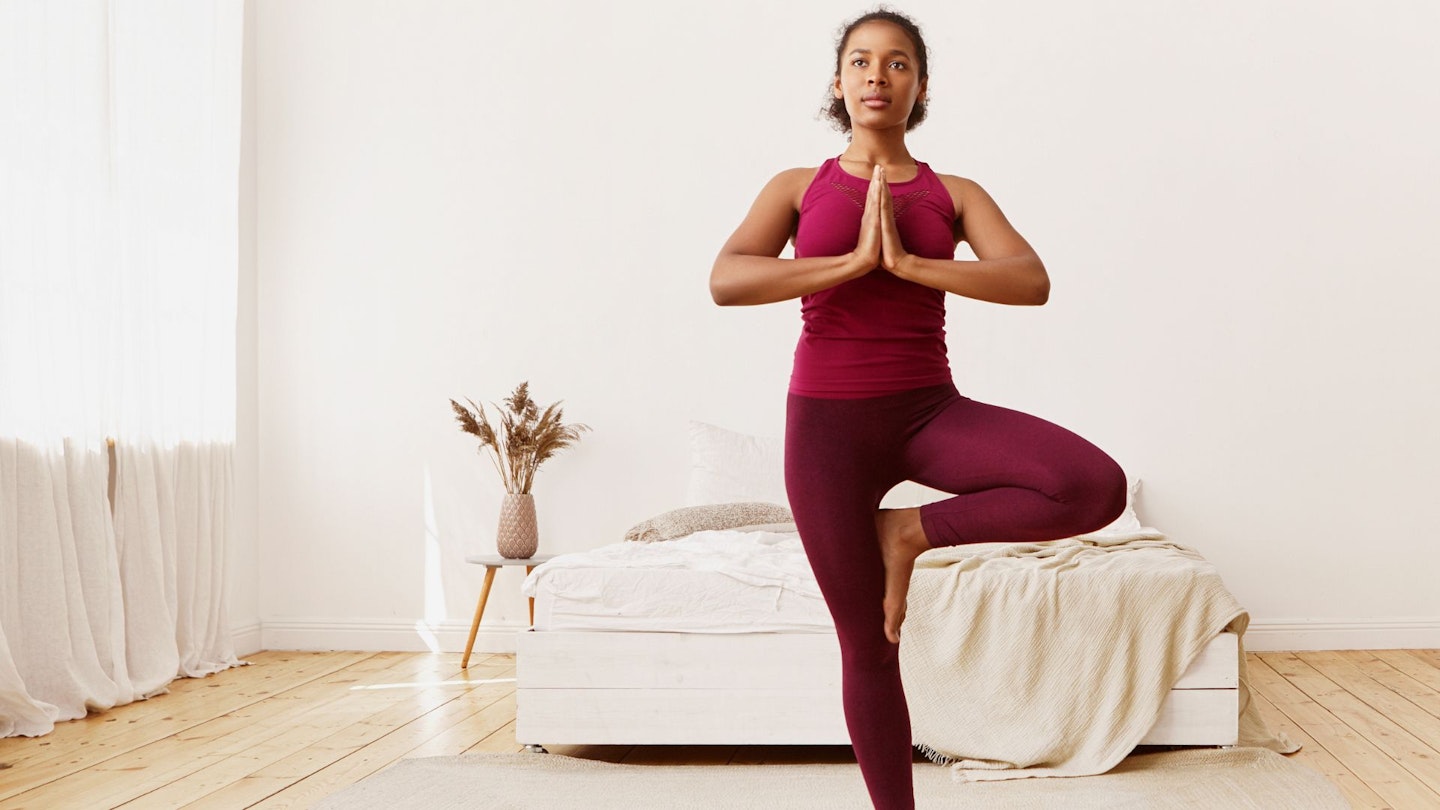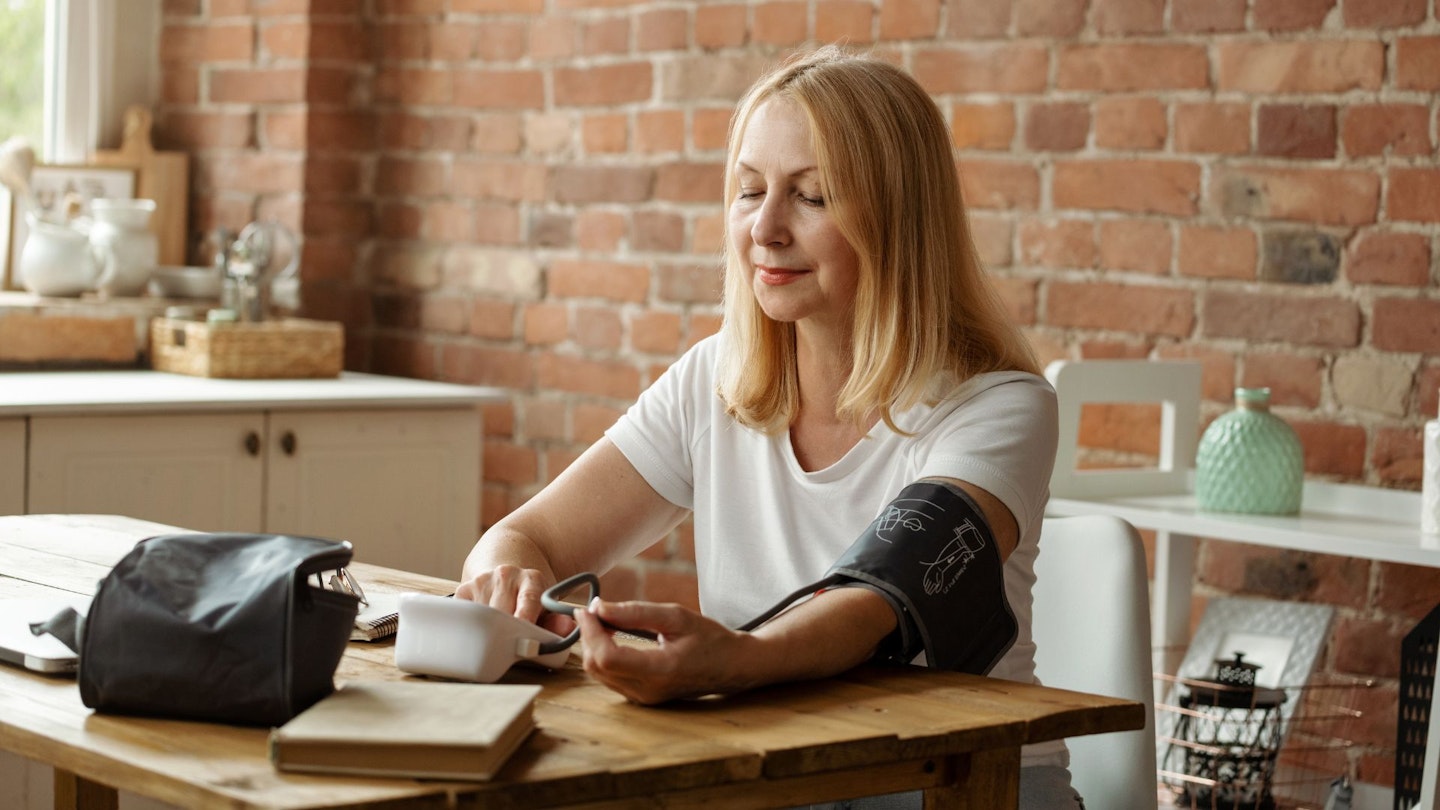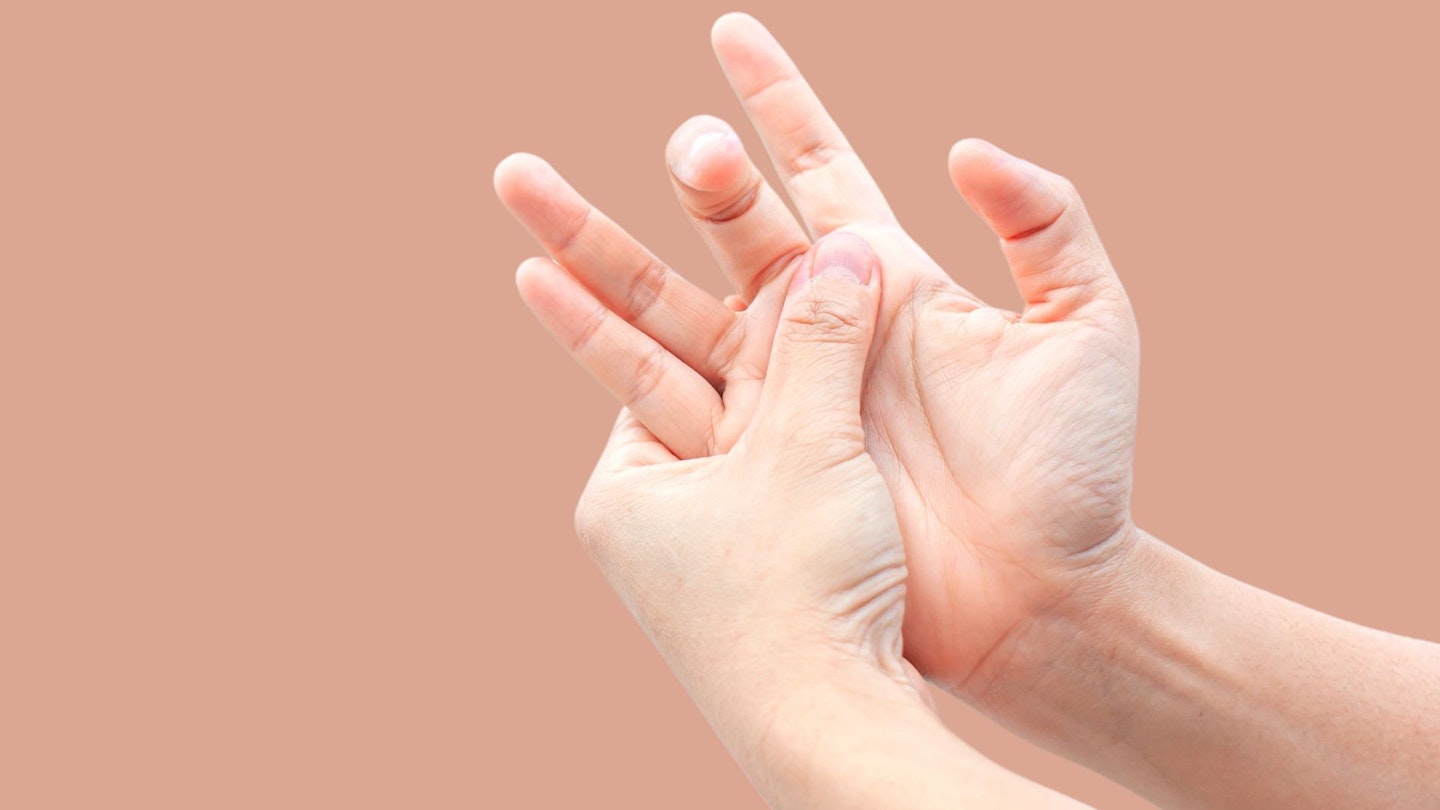Put your mind and body to the test with these simple and easy to perform DIY health checks. They could uncover any serious, underlying medical issues
As we get older, we tend to worry more and more about our health. It’s only natural to want to live for as long as possible, in as healthy a condition as possible. So being able to test our physical and mental capabilities is a great way to reassure ourselves.
There are of course a whole host of at-home health tests that you can purchase and perform at home, but there’s also some completely free and super simple ways you can put your mind and body to the test, right here, right now!
We've got expert advice from GP Dr Johannes Uys, who has 20 years' medical experience and Maxine Lenza, who is the Health Information Manager at Cancer Research UK.
Stand on one leg!
One new study has suggested that being able to stand on one leg is a major marker of longevity. In fact, the study found that participants who could stand on one leg for longer than 10 seconds were much less likely to die in the following decade.
GP Dr Johannes Uys says you can check your balance with a quick at-home test. He explains, “Maintaining good balance is crucial for preventing falls, especially as we age. Falls often result in broken bones and are harder to recover from the older we get. Try a simple at-home balance test and stand on one leg for at least 20 seconds. If you can’t manage it or want to improve your balance try exercises such as yoga, tai chi, and leg raises (lie flat on your back and put your legs together and raise them directly in the air, raise them up and down and repeat for 8-10 times, slowly increasing over time). These can help strengthen muscles and improve stability."

Do the heart rate maths
This test takes just 10 seconds and can uncover issues for further investigation. Dr Johannes Uys says a healthy resting heart rate is between 60 and 100 beats per minute, and an abnormally low or high heart rate should be flagged to your doctor. He says, “A high heart rate can be concerning and may indicate an underlying health issue. An abnormal heart rate could also increase risk of stroke.”
Dr Uys says the best way to check yours is at home when you have a few minutes to yourself. Sit in a chair and rest. He explains, “Place two fingers on your wrist or neck and find a pulse. Count your pulse for 10 seconds, and then multiply that result by six to calculate your beats per minute. If your heart rate is consistently high or low, consult your doctor for assessment and appropriate management.”
Go off the cuff
A lot of us have high blood pressure, in fact 71 per cent of women over 75 have it, but many of us don’t realise as it can have no symptoms. High blood pressure increases your risk of heart disease, stroke and kidney disease. Dr Johannes Uys recommends taking your pressure by using an at-home monitor, which costs less than £30.
“I recommend monitoring your blood pressure once a week or as advised by your doctor. First, make sure you’re relaxed and haven’t consumed caffeine or nicotine for at least 30 minutes. Sit comfortably with your back supported, feet flat on the floor, and rest your arm on a flat surface at heart level. Wrap the cuff snugly around your upper arm, press the start button, and remain still while the monitor inflates and measures your blood pressure.”
What should we be looking for? “A normal blood pressure reading is below 120/80 mmHg, though for over 80s, an ideal blood pressure should be under 145/85 mmHg. A reading consistently above these warrants a visit to your doctor for further evaluation and management.”

Watch out for moles
It’s important to keep an eye on moles – and skin in general – to be aware of any changes. In rare cases a change to a mole, or a growth or sore part of your skin, can be cancer.
Health Information Manager at Cancer Research UK Maxine Lenza explains: “It’s important to know what your skin, moles and freckles normally look like so you can notice any changes. We don’t recommend photographing them regularly, as we don’t want to obsess about it, but know what is normal for you. You’re looking for things like a new mole, or an existing mole that has got bigger, or changed colour or shape – anything jagged or asymmetrical. Contact your doctor if you have any of these symptoms.”
It’s also important to be aware of your skin: “Keep an eye on any unusual growths, or parts of the skin that are sore or itchy, or bleeding.”
Examine your fingers
While there can be no symptoms of early lung cancer, Maxine Lenza says we should see a GP if we notice of the following: “Feeling short of breath, a cough that won’t go away, a loss of appetite, feeling tired for no reason, losing weight without trying, an ache or pain in your chest or coughing up blood. These are general and can often not be a sign of cancer, but it’s a good idea to see a GP.”
In some people another symptom can be the enlargement and rounding of the end of the finger. “Finger clubbing is a change to the shape of your finger but it can also happen to your toes, and it may be a sign of lung cancer, so check it out,” she says.
NHS England is currently rolling out a lung health check with the aim for it to be across the country by 2029. Maxine explains: “These targeted lung health checks are for people between 55 and 74 in England who have ever smoked. If you live in a participating area, you will be invited to one, providing your GP has it on record that you smoke or have done in the past. You’ll be asked questions to assess your risk, and if you are at a higher risk you will be offered a CT scan to get a picture of your lungs.”

Check the toilet
Changes to your normal bowel habits can be a sign of bowel cancer, and Maxine Lenza suggests spending a few seconds to check your stools. She says, “Not all symptoms of bowel cancer are related to poo, but many are. So look out for things like blood in your poo, pooing more or less often, a change to what your poo normally look like, so perhaps looser poo. Other symptoms include tummy pain and unexplained weight loss or tiredness.”
As well as keeping an eye on symptoms, Maxine encourages anyone eligible to take a free NHS FIT (Faecal Immunochemical Test). She explains, “The FIT tests looks for tiny traces of blood in your poo, generally traces that can’t be seen by the naked eye.
In the UK, we have a bowel cancer screening programme, but the age you are offered it varies. In Scotland it’s for people between the ages of 50 and 74, in Wales it is 51 and 74, Northern Ireland is 60 to 74 and England is 60 to 74, which is being brought down to 50.
That service is for those registered with a GP and without symptoms, and they are offered it every two years. The test is posted to you and it has instructions and you return in the post for free.”
Feel for lumps in the shower
Spending a few minutes checking our breasts for changes is really important, but Maxine Lenza says we should be breast aware, rather than rigid. She explains, “There is no good evidence that checking your body at a set time, in a set way is beneficial. We tell people instead to keep an eye on your body, feel your breasts in the shower or in front of the mirror every now and then, but it’s more important to know what your breasts normally look and feel like so you can notice any changes.”
What are we keeping an eye out for? “A new lump in the breast or in your armpit, a change to the skin on the breasts so any dimpling, a rash or redness of the skin. A change to the size, shape or feel of the breast and any fluid leaking from your nipples or a change in the position or the size of the nipple.” While these symptoms don’t necessarily mean you have cancer, it is important to contact your GP straight away. “They may want to examine you and refer you for further tests or to a specialist breast clinic.”

Beware of bleeding
Vaginal bleeding outside the norm can be a sign of gynaecological cancers. Maxine Lenza says, “Look out for bleeding during or after sex and, if you are post-menopause, then bleeding at any time. Other symptoms can be pain during or after sex and abnormal vaginal discharge. With ovarian cancer it can be pain in your tummy, or needing to urinate more often or a loss of appetite.”
While adults age 25 to 64 are offered a smear test every three to five years (which tests for abnormal cells in the cervix that can lead to cervical cancer), Maxine says even if you’re out of the age range, you may still be eligible. She says, “If you are over 65 and you’ve never been screened or you haven’t been screened since you were 50, you can ask your GP for a test. And if you’re over 65 and your last cervical screening showed that you are positive for HPV (the infection that causes cervical cancer) you will still be invited to your next screening until you are negative. If your last screen before 65 was negative, you are at a very low risk.”
Meet the experts
Dr Johannes Uys is a GP with over 20 years’ experience. He works at Broadgate General Practice in London, which offers private, in-person and remote, same-day medical consultations.
Maxine Lenza is Health Information Manager at Cancer Research UK, the world’s leading independent cancer charity.
